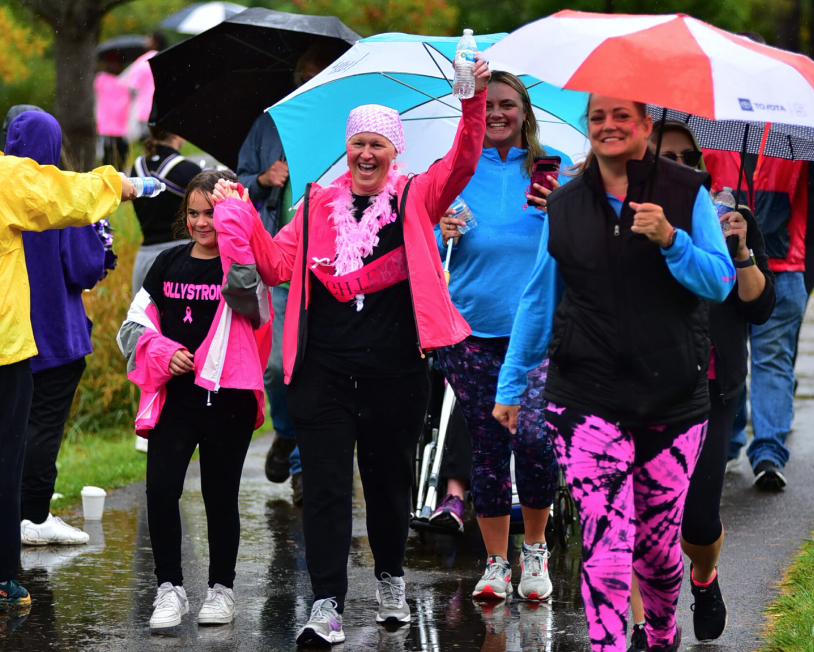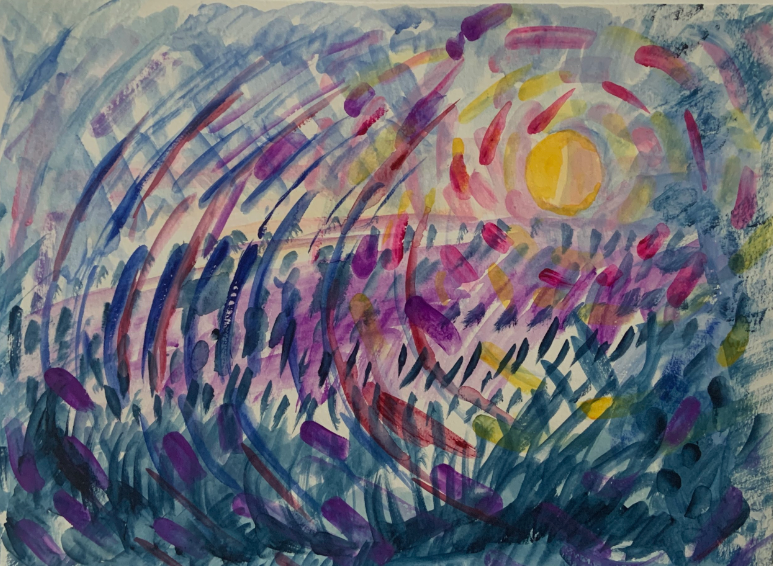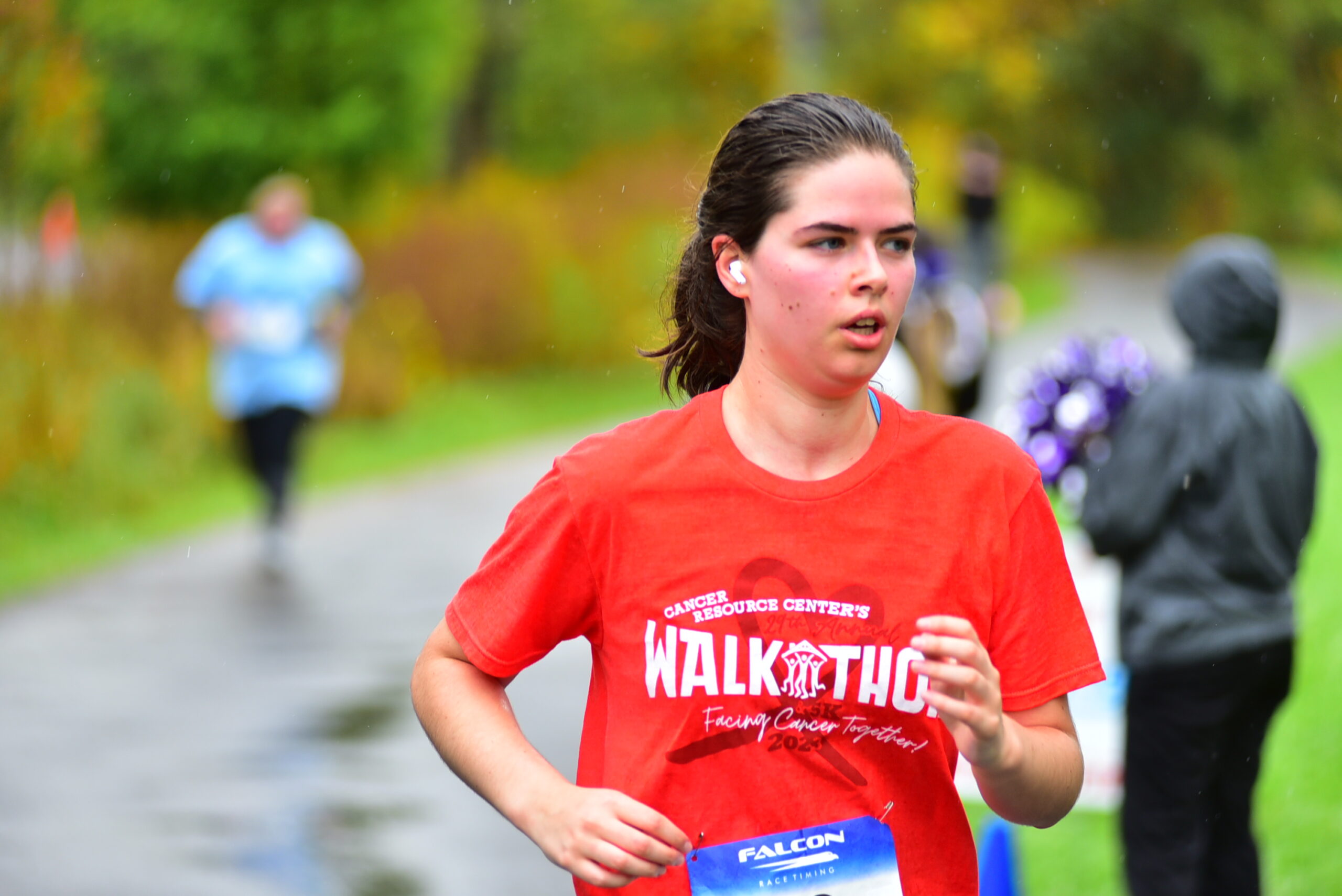I suspect most people-and many health professionals-think of treating cancer patients as being especially challenging. Some of those challenges are fairly obvious-people with cancer are often very sick, death sometimes looms as a possible outcome, and everyone in the waiting room is scared.
Other challenges are less obvious. A cancer diagnosis affects the entire family. Family members have questions and opinions, and family dynamics (both good and bad) are amplified. It’s not unusual for the patient to be the calmest person in the room.
Treating cancer patients requires what I think of as compartmentalization. The professional has to be completely present with each patient and not be thinking about the previous patient or the next one. This is a skill that doesn’t come naturally to most of us. This is especially difficult in oncology because some patients are doing great, some are dying, and others are living in a world of uncertainty. The gamut of human emotions can be witnessed in a single morning.
Another challenge is responding to questions that don’t have definitive answers. Patients often want to know what the future holds for them. Statistics can provide general guides, but no one knows for sure how an individual will respond to a particular treatment or if their cancer will return. By its very nature, cancer is unpredictable.
Science is the starting point of cancer care, but there is an art to applying that science to each patient. This art is based on clinical experience, judgment, and intuition. Patients don’t always fit into neat little boxes with obvious choices for the best treatment.
The importance of communication can’t be overstated. Patients need to understand their treatment options and the probable benefits and risks of pursuing those options. Try explaining anything to people of differing ages, education levels, and cultural values. Then try it when those people are scared and part of what needs to be explained is uncertain. It isn’t easy.
I want to make special mention of nurses and radiation therapists who work with cancer patients. In addition to providing care, they often become the grounding force that keeps the patient together during these difficult months. Something as simple as a calming hand on the shoulder can make a remarkable difference. Sometimes the patient uses the nurses and therapists as relief valves-patients can say things that they can’t say to their family members. In some ways, the therapy room is a safe place because the word “cancer” doesn’t make anyone flinch.
There are inevitable times of sadness when working with cancer patients. People die, sometimes unexpectedly. And there are also times of happiness when people do well and return to their lives, cured of what was once an incurable disease.
What I’ve come to realize is that there is always something that can be done to help a person with cancer. Even if the disease can’t be cured, a patient’s quality of life can be affected in a positive manner. It’s not a profession for everyone. But I’m happy that so many good people have chosen it.
Reprinted with Permission of the Ithaca Journal
Click here for all of Bob’s columns





